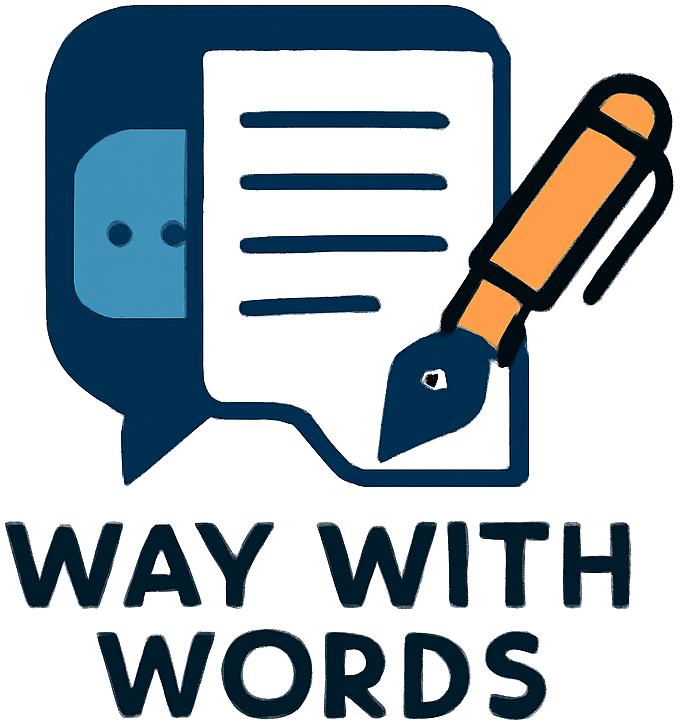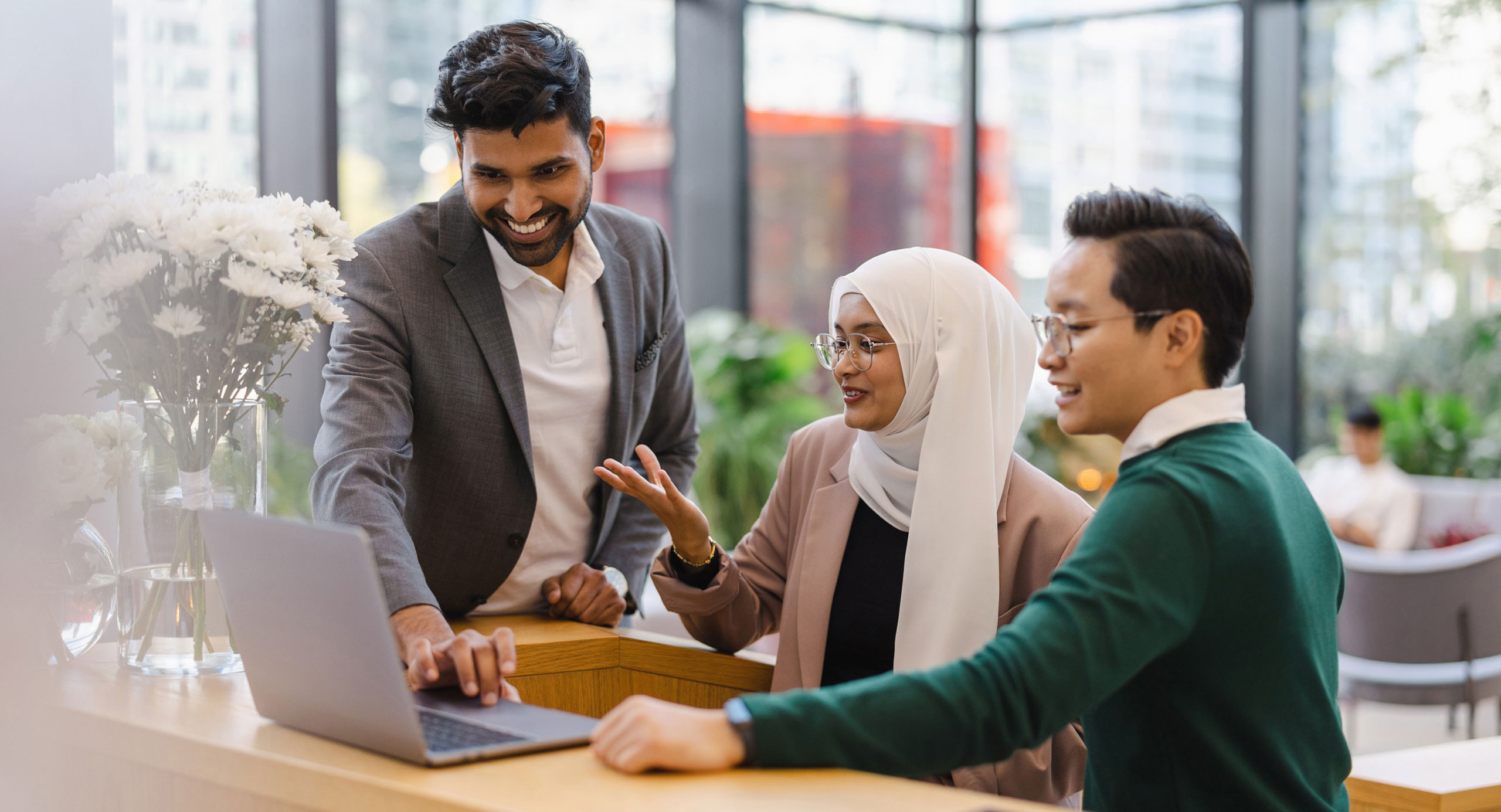Do you remember the famous proverb, “Tell me and I forget; teach me and I may remember; involve me and I learn”? This statement highlights a crucial aspect of the experiential learning cycle. Experiential learning is a process of acquiring knowledge and skills through the experience of doing. It’s an approach to education that encourages active participation and hands-on learning.
In the experiential learning process, the learner goes through four stages. The first stage is experiencing or doing something. For instance, a child playing with building blocks is experiencing and constructing something with the blocks. Or a student discussing an environmental issue and creating ideas for a solution is experiencing a real-world problem that requires creative thinking.
The second stage of the experiential learning cycle is reflection. After the learners have experienced something, they reflect on that experience. This reflection could take the form of verbal discussions or written reflections. It’s an opportunity for learners to think about what they experienced and learned in new ways. Reflection also promotes a deeper appreciation for the experience, with the intent of driving learning to a more meaningful level.
The third stage is generalizing or abstracting from experience. In this stage, learners identify what they learned from the experience and relate it to prior knowledge. For instance, a child playing with blocks may recognize the importance of planning and problem-solving in building something new. A student working on an environmental issue might link their work to the study of climate change and ardent environmental activism.
The final stage is applying what was learned in a new situation. The learners take what they learned in the previous three stages and apply it to a new experience, activity or situation. This stage tests the durability and validity of the experience by examining whether the knowledge can be used in a practical context. For example, the child who was building with blocks may use problem-solving skills when making decisions about what they want to build next. The student working on the environmental issue may utilize innovative ways to promote sustainability.
Experiential learning is an approach that can be used in all learning environments, from kindergartens to universities, on almost any topic. It encourages higher engagement and deeper learning, and many educators believe that experiential teaching is more effective than conventional styles of teaching.
One advantage of the experiential learning cycle is that it enables learners to acquire knowledge and skills based on their interest in a particular topic. When learners become engaged in a topic, they are more receptive to learning and can derive greater satisfaction from the learning process itself.
Another advantage of experiential learning is that it encourages critical thinking and problem-solving skills. With the opportunity to experience real-world problems, learners become more competent and confident in resolving life challenges. As the learners progress through the skills, they become better equipped to confront unfamiliar challenges.
Experiential learning promotes teamwork and collaboration among learners. It fosters a culture of sharing ideas and learning from one another, making the experience richer and more fulfilling for all.
Experiential learning is a learning process that encourages learners to become active participants in their own learning. It is a hands-on approach to education that enables learners to develop critical thinking, teamwork, and problem-solving skills. Moreover, experiential learning prepares learners for life challenges by providing opportunities to practice and apply skills and knowledge in real-world contexts. Teachers and parents must appreciate the importance of this learning approach and encourage learners to engage in experiential learning whenever possible.

